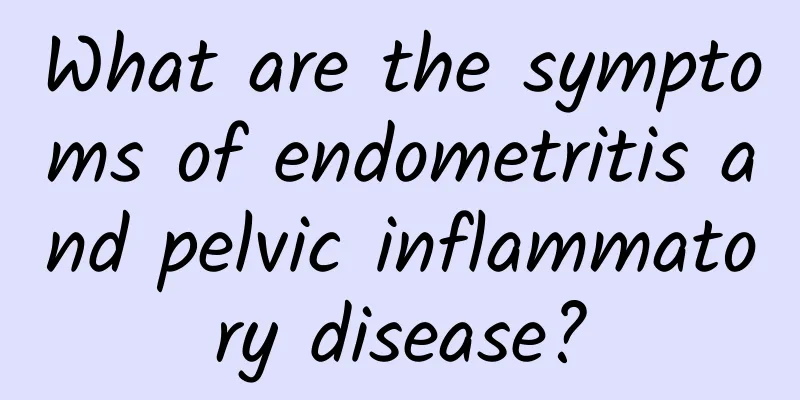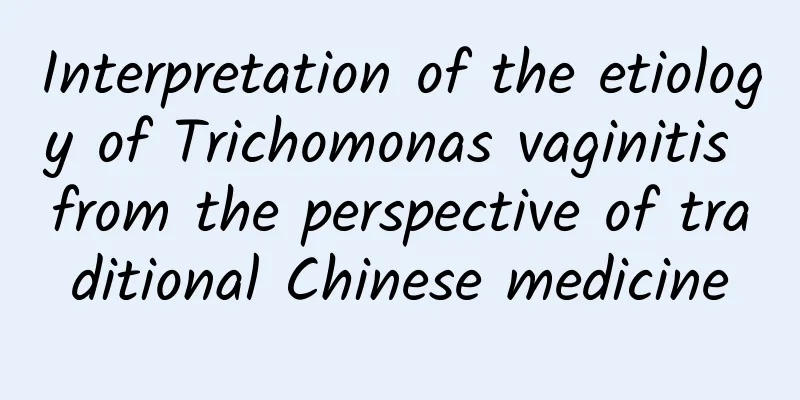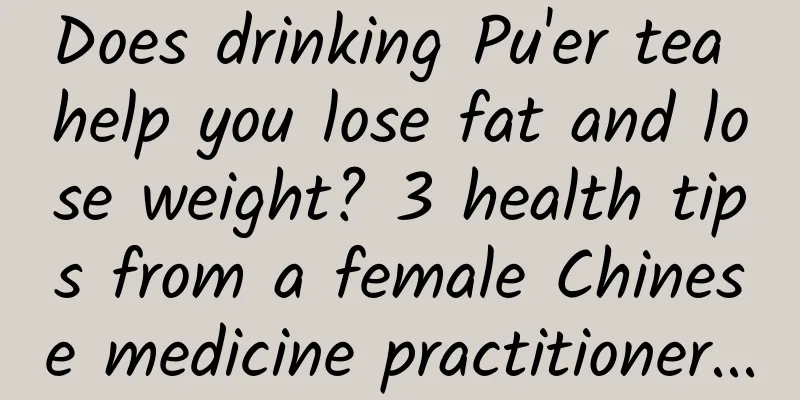What are the symptoms of endometritis and pelvic inflammatory disease?

|
The symptoms of endometritis and pelvic inflammatory disease overlap, but there are also significant differences, mainly in the location of pain, associated symptoms, and severity of the disease. Knowing the differences between the two can help clarify the diagnosis and choose the appropriate treatment. 1Different pain locations The pain of endometritis is usually concentrated in the lower abdomen, presenting as persistent distending pain, which is more obvious locally. The pain of pelvic inflammatory disease is wider, not only in the lower abdomen, but also radiating to the lumbar sacral region and thigh root, and the pain may be cyclically aggravated. 2 Differences in accompanying symptoms Endometritis patients often experience fever, chills and other infection symptoms, and may also be accompanied by abnormal vaginal discharge, which is yellowish in color and has a strange smell. In addition to fever, pelvic inflammatory disease can also cause menstrual disorders, pain after sexual intercourse or pain when urinating, and in severe cases, it may develop into chronic inflammation and lead to lifelong infertility. 3. Severity of the disease Endometritis is mostly caused by bacterial infection. The course of the disease is relatively local and easy to control. Early treatment usually leads to rapid improvement. In contrast, pelvic inflammatory disease is more complicated and prone to recurrence because the inflammation spreads to the entire pelvic cavity. Chronic pelvic inflammatory disease may even affect quality of life and fertility. The treatment of endometritis and pelvic inflammatory disease has different focuses. For endometritis, antibiotics can be used for treatment, such as cephalosporins; severe infections require surgical curettage. For pelvic inflammatory disease, a combination of broad-spectrum antibiotics is usually required, such as metronidazole plus aminoglycosides, supplemented with physical therapy or surgery when necessary. In daily diet, anti-inflammatory foods should be the main focus, such as fruits and vegetables rich in vitamin C, and the intake of greasy foods should be controlled. Moderate exercise, such as yoga and walking, can also help promote blood circulation. If symptoms do not improve in time or worsen, you should seek medical attention immediately to avoid delaying treatment and causing the condition to worsen. Understanding the difference between the two can help patients detect and treat them early, thereby effectively reducing the occurrence of health damage. |
<<: Typical symptoms of threatened miscarriage are
>>: What is the difference between dysfunctional uterine bleeding and menstruation?
Recommend
Experts introduce common classification of cervical erosion
Clinically, different types of cervical erosion h...
Three magic weapons for weight loss: acupuncture, thread embedding, and ear acupuncture
In the hot summer, eat more and exercise less, be...
Abnormal leucorrhea with fishy smell and transparent
Abnormal leucorrhea that has a fishy smell and is...
What are the early symptoms of ovarian cysts?
What are the early symptoms of ovarian cysts? Do ...
Coagulation function test before abortion can improve the safety of surgery
Coagulation function test is a must-do item befor...
What are the main methods for detecting ectopic pregnancy?
Ectopic pregnancy refers to a manifestation of pr...
What should women pay attention to when treating cervical warts
Because cervical warts are prone to recurrence an...
Three manifestations of cervical erosion symptoms
Cervical erosion is mainly divided into three sta...
Does postmenopausal mucosal congestion require treatment?
The mucosa mentioned here usually refers to the v...
Treatment of Trichomonas vaginitis
Trichomonas vaginitis seriously affects the healt...
What is the effect of Panax notoginseng on uterine fibroids? The benefits of Panax notoginseng on uterine fibroids
What is the effect of Panax notoginseng on uterin...
What is the best food for people with uterine fibroids? What is the best food for people with uterine fibroids?
Uterine fibroids are a common gynecological disea...
What are the issues to pay attention to when having an abortion for the first time?
Many patients who choose to have an abortion are ...
French women don't get fat! 3-phase weight loss diet
When talking about France, we have to mention Fre...
What kind of harm will women suffer from adnexitis?
Adnexitis is a common gynecological disease, so i...









